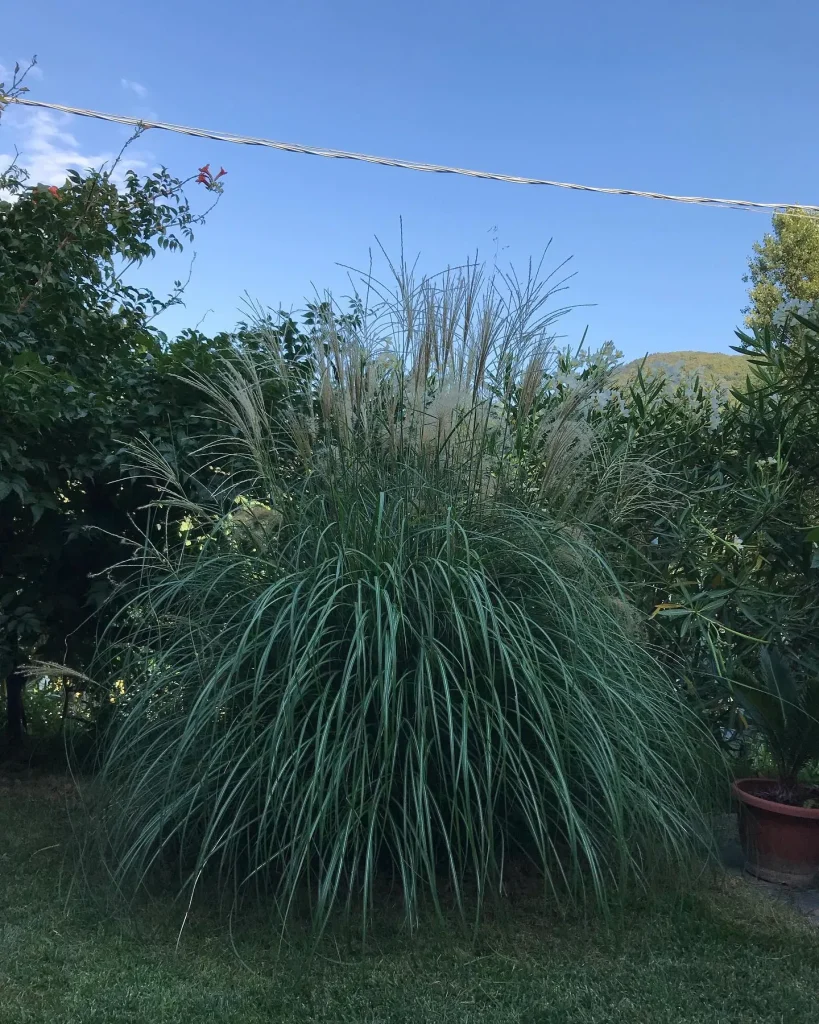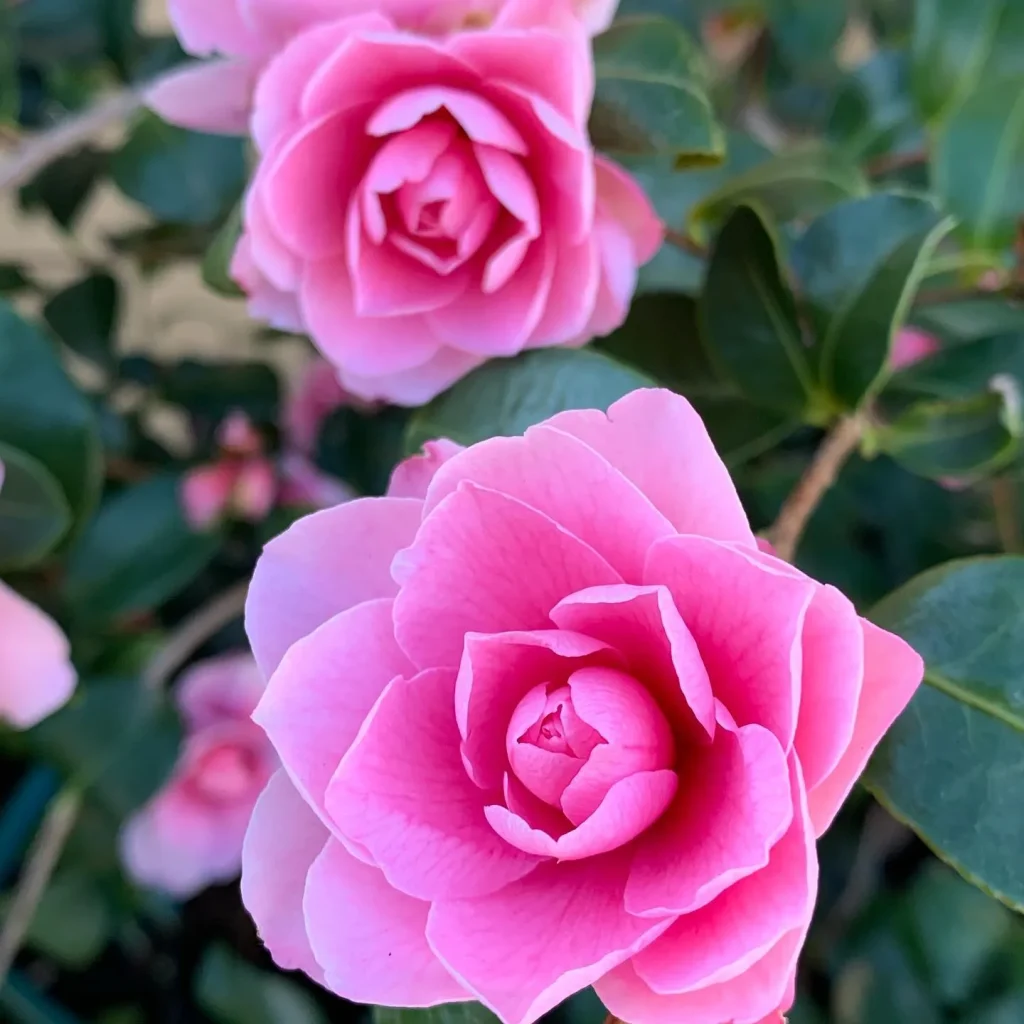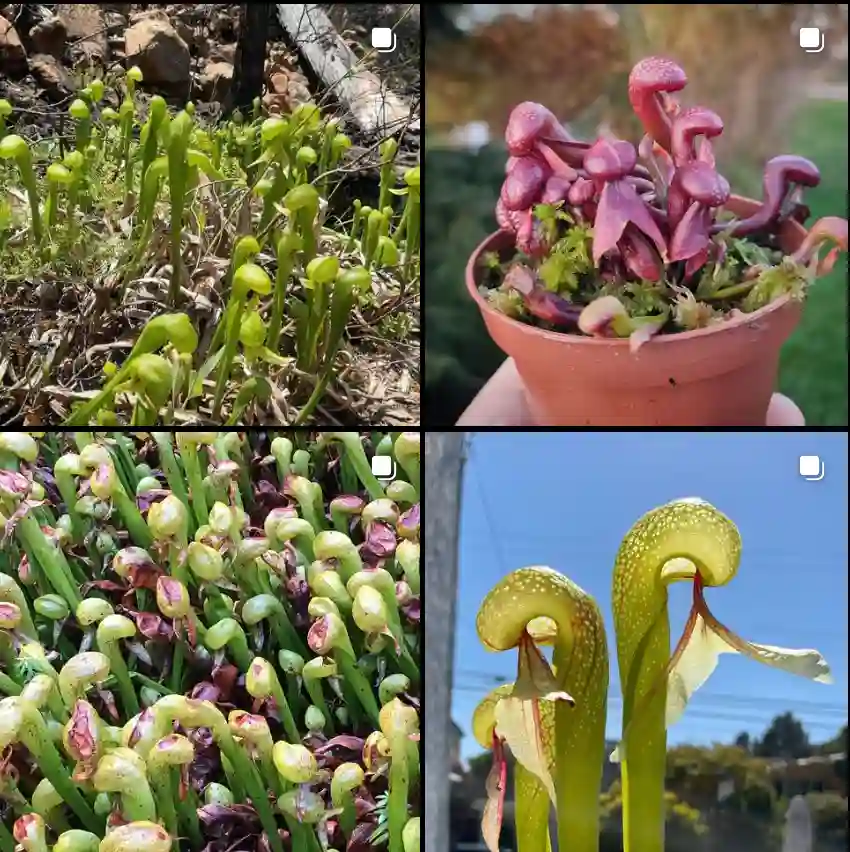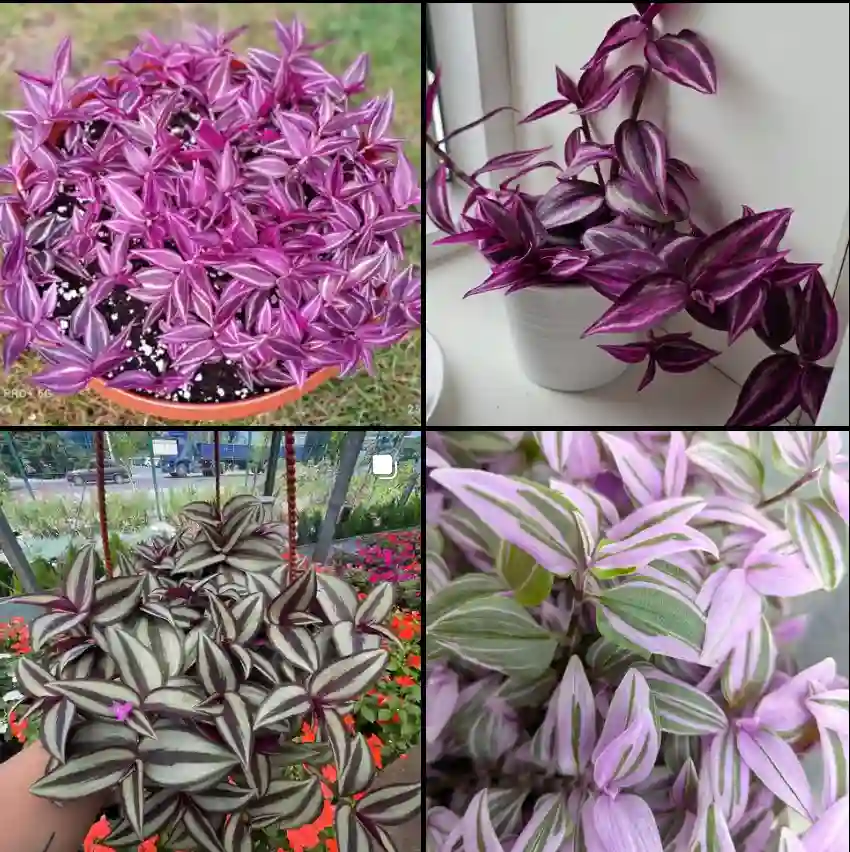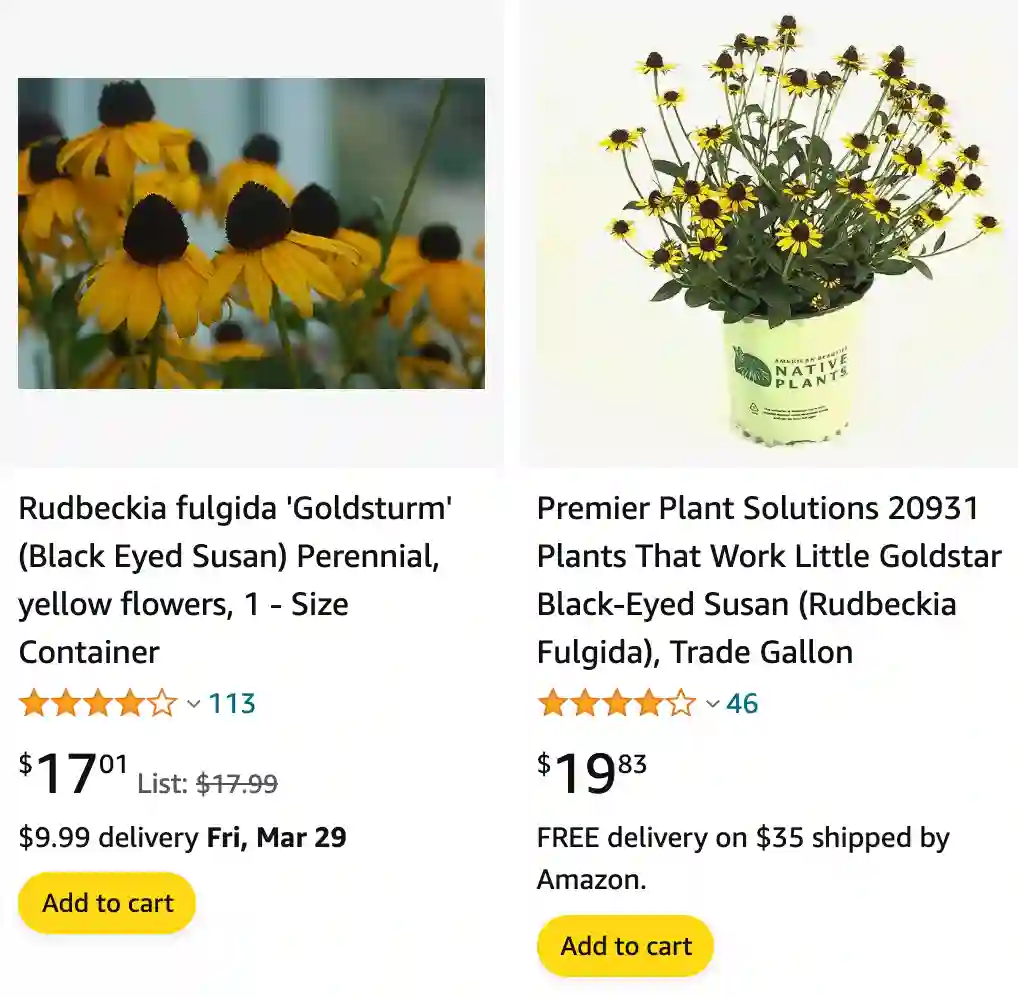
Rudbeckia fulgida: Bringing Cheerful Sunshine to Your Garden
Anyone who’s ever seen a field of wildflowers ablaze with golden yellow knows the undeniable charm of Rudbeckia fulgida, also known as the Black-Eyed Susan. These cheerful blooms have captivated gardeners for generations, and for good reason! They’re not only stunning to look at, but also surprisingly easy to grow.
In this article, I’ll be sharing everything I’ve learned about cultivating these sunshine-colored beauties in your own garden.
31 Species in Genus Rudbeckia
What is Rudbeckia fulgida?
Rudbeckia fulgida is a herbaceous perennial native to North America. It boasts daisy-like flowers with bright yellow petals surrounding a dark brown, almost black, center cone. The flower heads can reach up to 4 inches in diameter and bloom profusely throughout the summer months, attracting butterflies and bees with their sweet nectar.
There are several cultivars of Rudbeckia fulgida available, offering a range of heights and bloom sizes. Some popular varieties include ‘Goldsturm’ with its large, deep yellow flowers on sturdy stems, and ‘Variegated Sutton’s Fancy’ with creamy yellow petals edged in burgundy and green foliage.
Rudbeckia Fulgida vs Hirta
I’ve found Rudbeckia fulgida to be a standout in my garden, with its bright yellow flowers that bloom profusely throughout the summer. They add a vibrant splash of color and attract pollinators like bees and butterflies, which I love seeing buzzing around. On the other hand, Rudbeckia hirta, with its classic black-eyed Susan flowers, has a charming rustic appeal that blends well in more naturalistic garden settings. Both are resilient and low-maintenance, but each brings its own unique charm to the garden.
When to Plant Rudbeckia fulgida?
The ideal time to plant Rudbeckia fulgida depends on your climate and whether you’re starting from seeds or transplants.
Seeding:
For the most control over your Rudbeckia, you can start them from seeds indoors. Here’s the timeline:
- 6-8 weeks before the last frost: Sow seeds in a well-draining seed starting mix.
- After germination: Provide the seedlings with plenty of light, and once they have a few sets of true leaves, thin them out to allow for proper growth.
- After the danger of frost has passed: Harden off your seedlings for a week before transplanting them outdoors to their permanent location.
Transplanting:
If you’d rather skip the indoor seed starting, you can purchase Rudbeckia fulgida transplants from your local nursery. The best time to plant these is in the spring, after the last frost date in your area.
When to plant Rudbeckia fulgida in Zone 5?
Gardeners in Zone 5, with its colder winters, will need to take a slightly different approach. Here’s what to keep in mind:
- Seeding: You can still start seeds indoors following the timeline mentioned above.
- Transplanting: However, wait until the soil temperature warms up in late spring or early summer before transplanting outdoors. This will give your Rudbeckia a better chance of establishing itself before the colder weather arrives.
How to Grow Rudbeckia fulgida?
Now that you know when to plant, let’s get down to the nitty-gritty of growing these cheerful perennials!
Location:
Rudbeckia fulgida thrives in full sun, receiving at least 6-8 hours of direct sunlight per day. They will tolerate some light shade, but flowering might be less prolific.
Soil:
These adaptable plants do well in most types of soil, as long as it’s well-drained. If your soil is heavy clay, consider amending it with some compost or sand to improve drainage.
Watering:
Water your Rudbeckia fulgida regularly, especially during the first year after planting and during hot, dry periods. Aim to keep the soil consistently moist, but not soggy.
Fertilizing:
Rudbeckia fulgida is not a heavy feeder. A light application of balanced fertilizer in early spring is usually sufficient.
Deadheading:
To encourage continuous blooming throughout the season, deadhead spent flowers by removing them from the stem just below the flower head. This will also help prevent the plant from going to seed and focusing its energy on producing more flowers.
How to Care for Rudbeckia fulgida?
Beyond the basic planting and watering needs, there’s not much you need to do to keep your Rudbeckia fulgida happy.
Winter Care:
In colder climates, Rudbeckia fulgida will die back to the ground in the fall. You can leave the dead stalks standing over winter to provide some protection for the crown. Alternatively, cut them back to a few inches above the ground in late fall or early spring.
Dividing:
Every 3-4 years, you can divide your Rudbeckia fulgida to rejuvenate the plant and create more blooms. The best time to do this is in the spring or fall.
What to Plant with Rudbeckia fulgida?
Rudbeckia fulgida’s bright yellow blooms pair beautifully with a wide range of other flowering plants. Here are a few ideas:
- Purple coneflowers (Echinacea purpurea): The contrasting colors of Rudbeckia fulgida and Echinacea create a stunning display in the summer garden. Both plants attract butterflies and bees, adding to the vibrant scene.
- Lavender (Lavandula angustifolia): The fragrant purple flowers of lavender complement the sunny yellow of Rudbeckia fulgida, offering a delightful combination for the senses.
- Russian sage (Perovskia atriplicifolia): The airy blue flower spikes of Russian sage provide a lovely contrast in texture and height to the cheerful blooms of Rudbeckia fulgida.
- Pink phlox (Phlox paniculata): The soft pink flowers of phlox add a touch of romance to the sunny personality of Rudbeckia fulgida.
- Grasses (Ornamental Grasses): Ornamental grasses like Miscanthus sinensis or Calamagrostis acutiflora add a touch of movement and elegance to a planting scheme featuring Rudbeckia fulgida.
By incorporating Rudbeckia fulgida into your garden beds or borders, you’ll be rewarded with a burst of sunshine that lasts throughout the summer. With their easy-going nature and minimal maintenance requirements, these cheerful perennials are sure to become a favorite addition to your garden.
If i die, water my plants!
